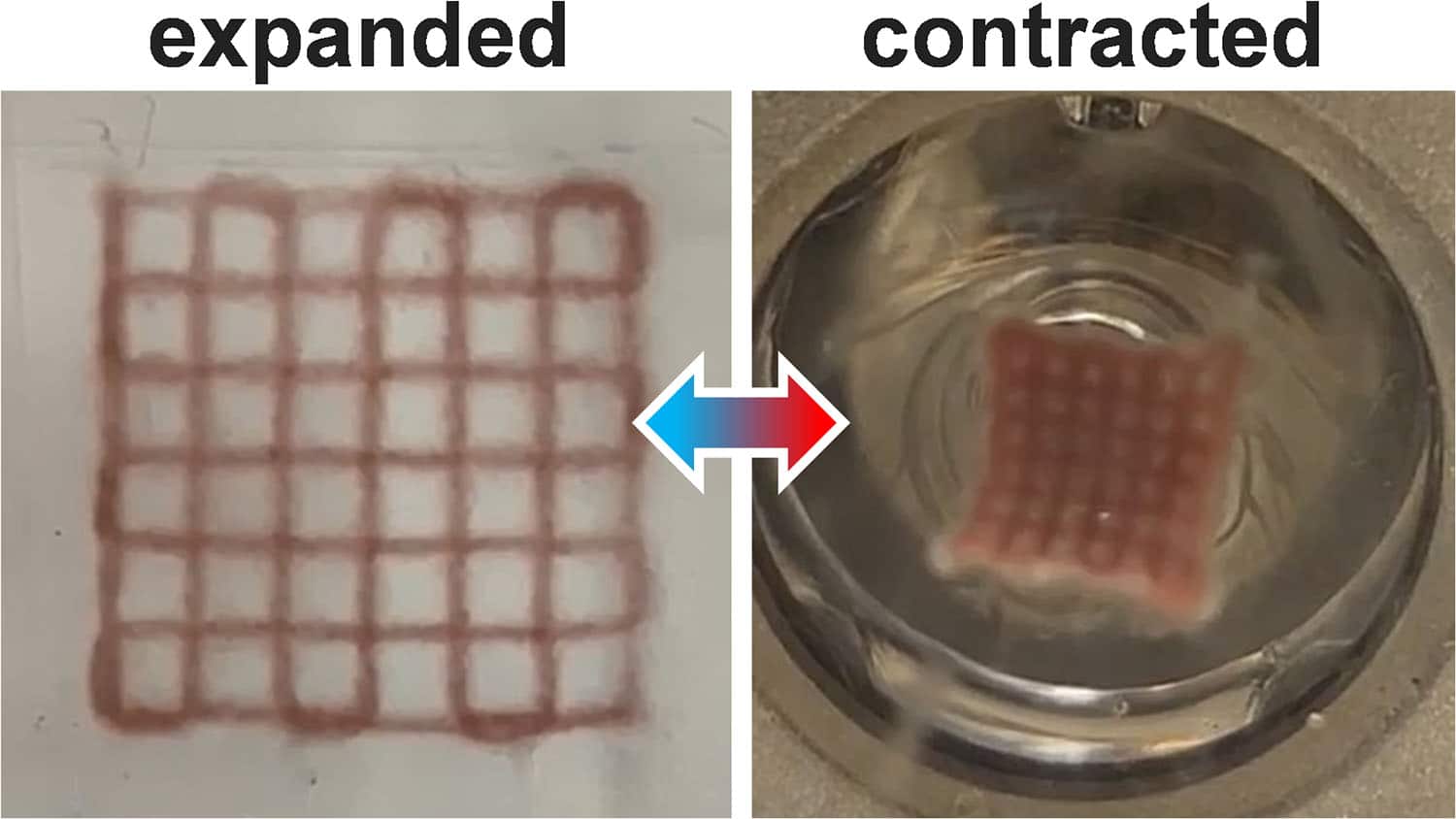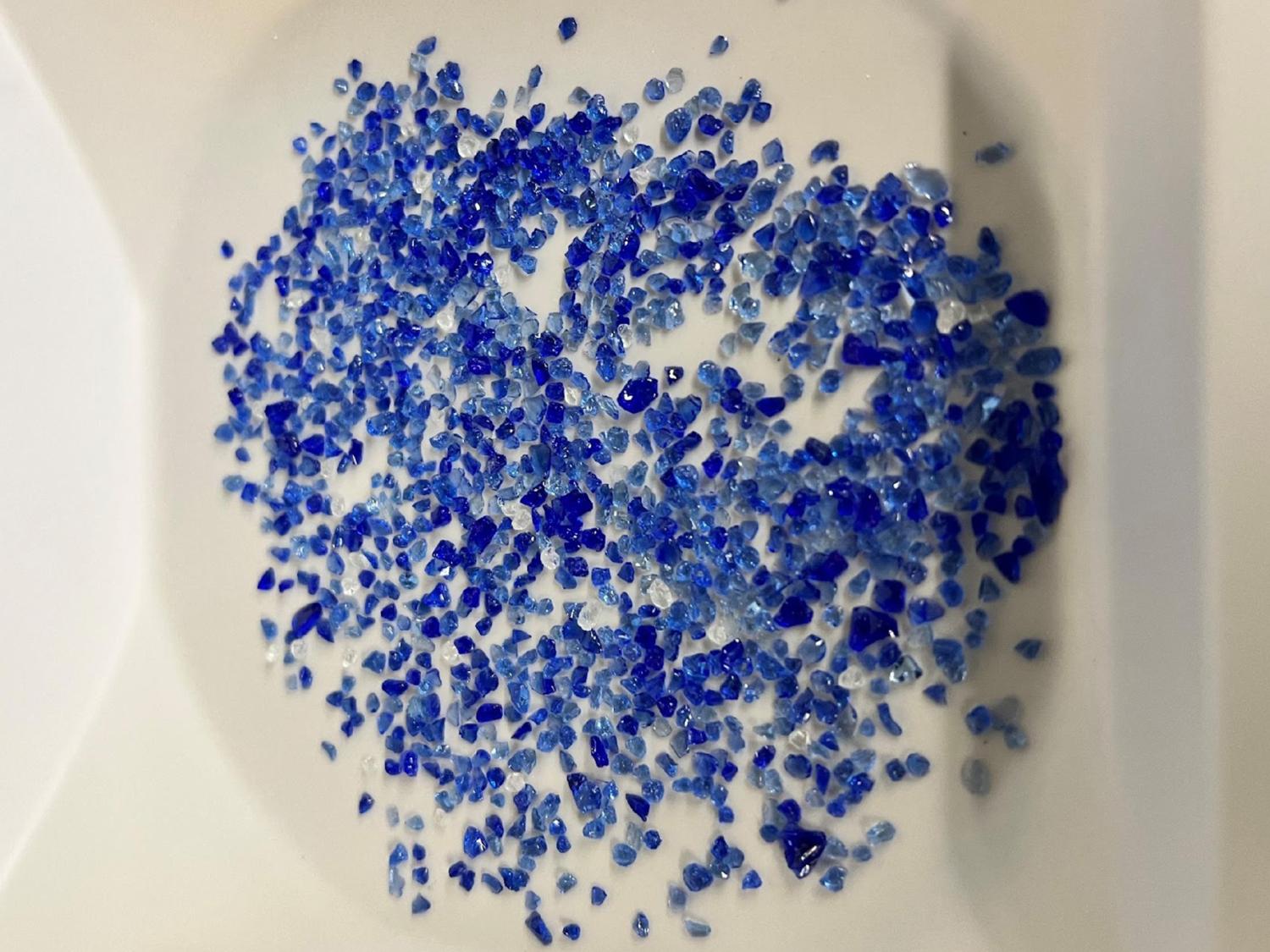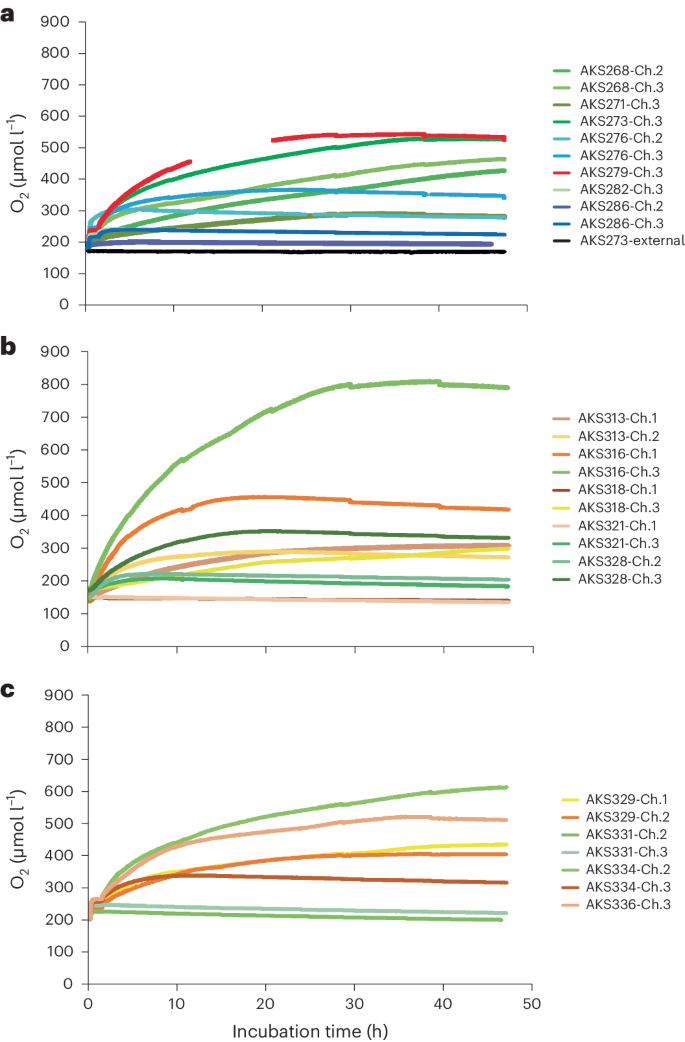2024-07-22 ノースカロライナ州立大学(NCState)

国際研究チームは、金ナノロッドを含むハイドロゲルを3Dプリントすることで、光を当てると収縮し、光を除くと再び膨張する構造を作り出しました。この構造は光によってリモートで制御できるアクチュエーターとして機能します。ハイドロゲルは水を含むポリマーネットワークで、研究者たちは金ナノロッドを含む溶液を印刷し、光を当てることでハイドロゲルを形成しました。光が当たるとハイドロゲルは収縮し、光を除くと膨張するため、これにより遠隔操作が可能です。
<関連情報>
- https://news.ncsu.edu/2024/07/3d-printing-photoresponsive-hydrogels/
- https://www.mdpi.com/2073-4360/16/14/2032
光熱アクチュエーターとしての3Dプリントハイドロゲル 3D-Printed Hydrogels as Photothermal Actuators
Melanie M. Ghelardini,Martin Geisler,Niclas Weigel,Jameson P. Hankwitz,Nicolas Hauck,Jonas Schubert,Andreas Fery,Joseph B. Tracy and Julian Thiele
Polymers Published: 17 July 2024
DOI:https://doi.org/10.3390/polym16142032
Abstract
Thermoresponsive hydrogels were 3D-printed with embedded gold nanorods (GNRs), which enable shape change through photothermal heating. GNRs were functionalized with bovine serum albumin and mixed with a photosensitizer and poly(N-isopropylacrylamide) (PNIPAAm) macromer, forming an ink for 3D printing by direct ink writing. A macromer-based approach was chosen to provide good microstructural homogeneity and optical transparency of the unloaded hydrogel in its swollen state. The ink was printed into an acetylated gelatin hydrogel support matrix to prevent the spreading of the low-viscosity ink and provide mechanical stability during printing and concurrent photocrosslinking. Acetylated gelatin hydrogel was introduced because it allows for melting and removal of the support structure below the transition temperature of the crosslinked PNIPAAm structure. Convective and photothermal heating were compared, which both triggered the phase transition of PNIPAAm and induced reversible shrinkage of the hydrogel–GNR composite for a range of GNR loadings. During reswelling after photothermal heating, some structures formed an internally buckled state, where minor mechanical agitation recovered the unbuckled structure. The BSA-GNRs did not leach out of the structure during multiple cycles of shrinkage and reswelling. This work demonstrates the promise of 3D-printed, photoresponsive structures as hydrogel actuators.
Graphical Abstract





